Ballast Blaster Undercutter Parts
In the world of railway maintenance, the ballast blaster undercutter plays a crucial role in ensuring track stability and longevity. This powerful machine is designed to remove and clean contaminated ballast from beneath railway tracks, improving drainage and overall track performance. In this comprehensive guide, we'll explore the various components that make up a ballast blaster undercutter, their materials, durability, and how to choose the right one for your needs.
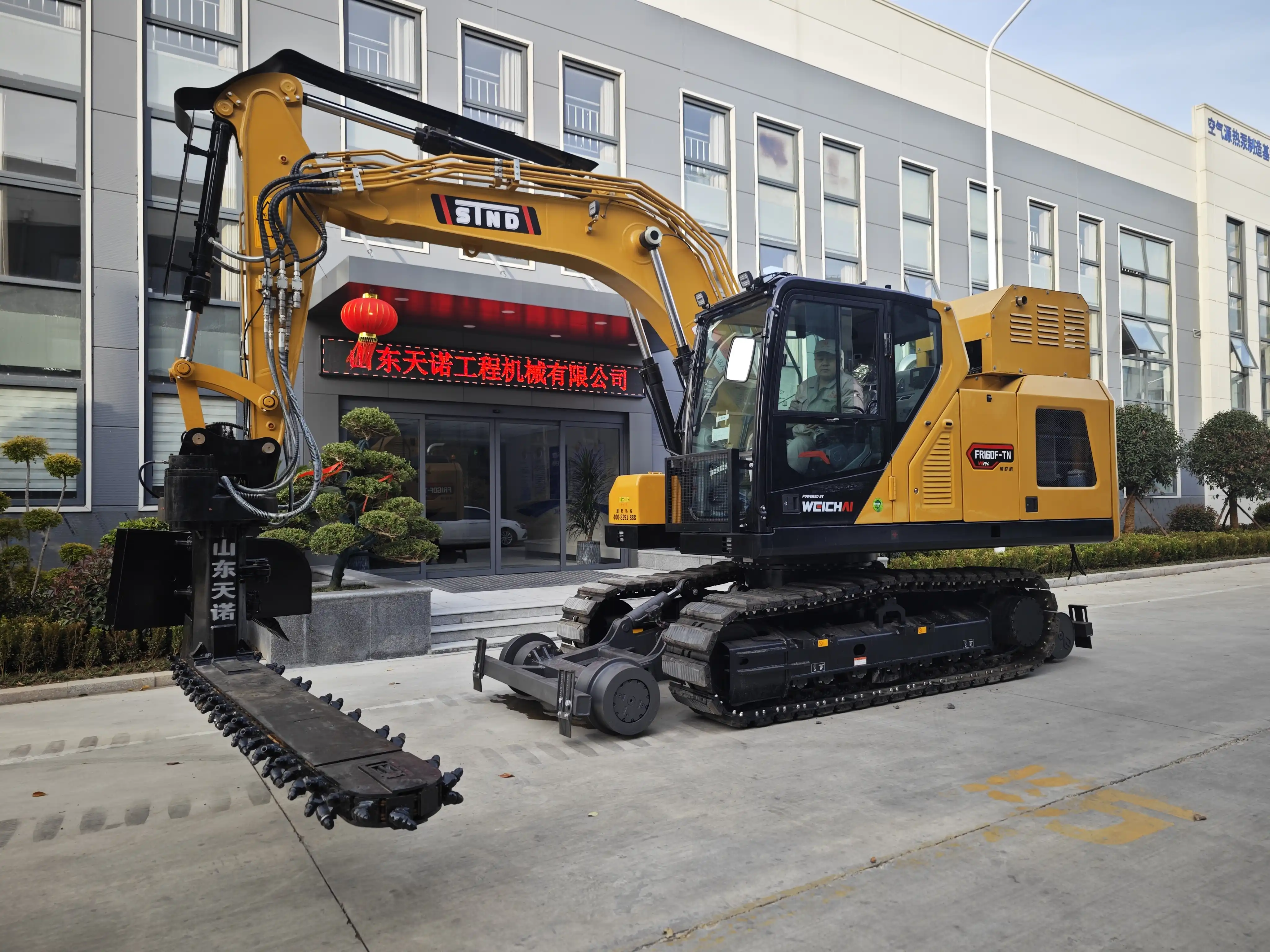
Types of Ballast Blaster Undercutter Parts
1. Cutting Chain
The cutting chain is the heart of the ballast blaster undercutter. It's responsible for digging into the ballast and removing it from beneath the tracks. The chain consists of multiple cutting teeth or picks attached to a continuous loop. These teeth are designed to efficiently cut through compacted ballast and soil, making the excavation process smooth and effective.
2. Conveyor System
Once the ballast is excavated, it needs to be transported away from the track. This is where the conveyor system comes into play. The system typically includes a series of belts or augers that move the excavated material to a screening unit or directly to a spoil wagon. The efficiency of the conveyor system is crucial in maintaining a continuous operation and preventing bottlenecks in the cleaning process.
3. Screening Unit
The screening unit is responsible for separating usable ballast from waste material. It typically consists of vibrating screens with different mesh sizes. As the excavated material passes through these screens, larger pieces of clean ballast are separated and can be returned to the track, while smaller particles and contaminants are removed.
4. Power Unit
The power unit, usually a diesel engine, provides the necessary energy to operate all components. It needs to be robust and reliable to handle the demanding nature of ballast cleaning operations.
5. Control System
Modern ballast blaster undercutter are equipped with sophisticated control systems. These may include computerized interfaces, allowing operators to monitor and adjust various parameters such as cutting depth, conveyor speed, and screening intensity. Advanced systems may also incorporate GPS technology for precise tracking and documentation of work progress.
Understanding these key components is essential for anyone involved in railway maintenance or considering the purchase of a ballast blaster undercutter. Each part plays a crucial role in the overall efficiency and effectiveness of the machine.
Parts Materials and Durability
1. High-Strength Steel
Many components of the ballast blaster undercutter, particularly those involved in the cutting and excavation process, are made from high-strength steel. This material offers excellent wear resistance and can withstand the abrasive nature of ballast and soil. The cutting chain, for instance, is typically made from hardened steel to ensure it can maintain its sharp edge even after prolonged use.
2. Wear-Resistant Alloys
For parts that are subject to constant friction and wear, such as conveyor components and screening units, wear-resistant alloys are often used. These may include materials like manganese steel or chrome-moly alloys, which offer superior resistance to abrasion and impact.
3. Composite Materials
In some cases, composite materials may be used for certain components to reduce weight without compromising strength. For example, some conveyor belts may incorporate synthetic materials that offer good durability while being lighter than all-metal alternatives.
4. Rubber and Elastomers
Rubber and elastomeric materials play a crucial role in parts like seals, gaskets, and some conveyor components. These materials provide flexibility and help in reducing vibration and noise during operation.
Factors Affecting Durability
While the choice of materials significantly impacts the durability of ballast blaster undercutter parts, several other factors come into play:
- Operating Conditions: The type of ballast being processed, the presence of contaminants, and the overall working environment can greatly affect component lifespan.
- Maintenance Practices: Regular inspection, cleaning, and timely replacement of worn parts are crucial for maintaining the machine's durability and performance.
- Quality of Manufacturing: The precision and quality control in the manufacturing process plays a significant role in the longevity of components.
- Proper Usage: Operating the machine within its designed parameters and avoiding overloading can significantly extend the life of its parts.
It's worth noting that while high-quality materials and construction can increase the initial cost of a ballast blaster undercutter, they often result in lower long-term maintenance costs and improved reliability. This is particularly important in railway maintenance, where equipment downtime can lead to significant operational disruptions.
How to Choose the Right Ballast Blaster Undercutter?
Selecting the right Ballast Blaster Undercutter is a critical decision that can significantly impact your railway maintenance operations. Here are key factors to consider when making your choice:
1. Operational Requirements
Start by assessing your specific operational needs. Consider factors such as:
- Track Type: Different tracks (e.g., mainline, yard, or subway) may require different undercutting capabilities.
- Workload: Evaluate the frequency and scale of your ballast cleaning operations.
- Cleaning Depth: Determine the typical depth of ballast that needs to be cleaned.
- Site Conditions: Consider factors like track curvature, tunnels, or other site-specific challenges.
2. Machine Specifications
Once you've identified your operational requirements, look for a ballast blaster undercutter that meets these specifications:
- Cutting Chain Width: This determines the width of the area that can be cleaned in a single pass.
- Cutting Depth: Ensure the machine can reach the required depth for effective cleaning.
- Production Rate: Consider the volume of ballast the machine can process per hour.
- Conveyor Capacity: This should match or exceed the excavation rate to prevent bottlenecks.
- Screening Efficiency: Look for a machine with effective screening capabilities to maximize ballast recycling.
3. Compatibility and Versatility
Consider how well the ballast blaster undercutter integrates with your existing equipment and operations:
- Compatibility with Track Gauge: Ensure the machine is suitable for your track gauge.
- Adaptability: Look for machines that can be easily adjusted for different operating conditions.
- Integration with Other Equipment: Consider how the undercutter works with your other maintenance equipment.
By carefully considering these factors, you can select a ballast blaster undercutter that not only meets your current needs but also provides long-term value for your railway maintenance operations.
Ballast Blaster Undercutter
The ballast blaster undercutter is an indispensable tool in modern railway maintenance. Its ability to efficiently clean and recycle ballast contributes significantly to track stability, drainage, and overall railway performance. By understanding the various components, materials, and selection criteria, railway maintenance professionals can make informed decisions when choosing and operating these machines.
Tiannuo Machinery's ballast blaster undercutter stands out as a versatile solution designed to meet the demands of modern railway maintenance. Compatible with T6-15 and 7-15 models, it offers flexibility across various operational requirements. With two cleaning length options of 600mm and 2500mm, it caters to different cleaning depths and workloads. The machine's rotation angle of either 360 degrees or 180 degrees ensures comprehensive and efficient ballast cleaning while adapting to diverse working conditions.
If you're in the market for a reliable and efficient ballast blaster undercutter, we invite you to explore what Tiannuo Machinery has to offer. Our team of experts is ready to assist you in finding the perfect solution for your railway maintenance needs. For more information or to discuss your specific requirements, please don't hesitate to reach out to our management team at arm@stnd-machinery.com, or contact our sales team at rich@stnd-machinery.com and tn@stnd-machinery.com. Let us help you enhance your railway maintenance operations with our state-of-the-art ballast blaster undercutter technology.
References:
- Railway Track Maintenance Machinery. (2020). International Union of Railways (UIC).
- Lichtberger, B. (2005). Track Compendium: Formation, Permanent Way, Maintenance, Economics. Eurailpress.
- Selig, E. T., & Waters, J. M. (1994). Track Geotechnology and Substructure Management. Thomas Telford.
YOU MAY LIKE
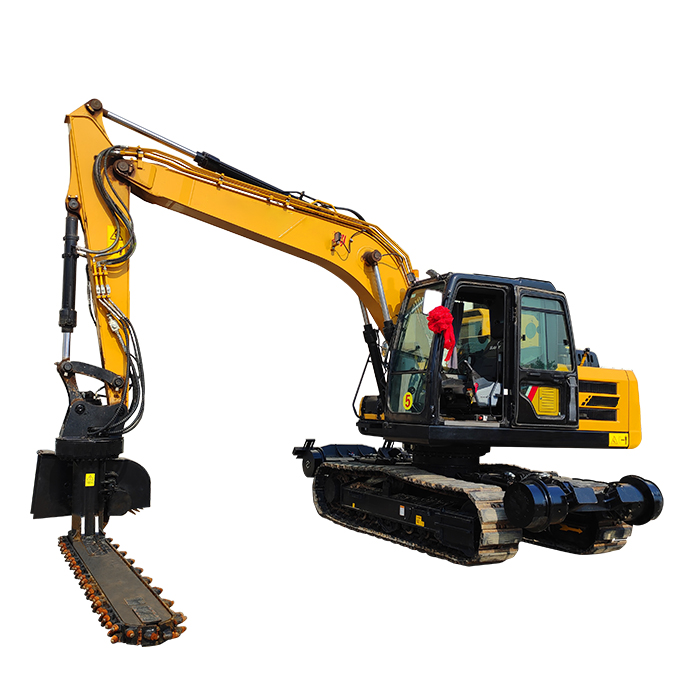 VIEW MOREBallast Blaster Undercutter
VIEW MOREBallast Blaster Undercutter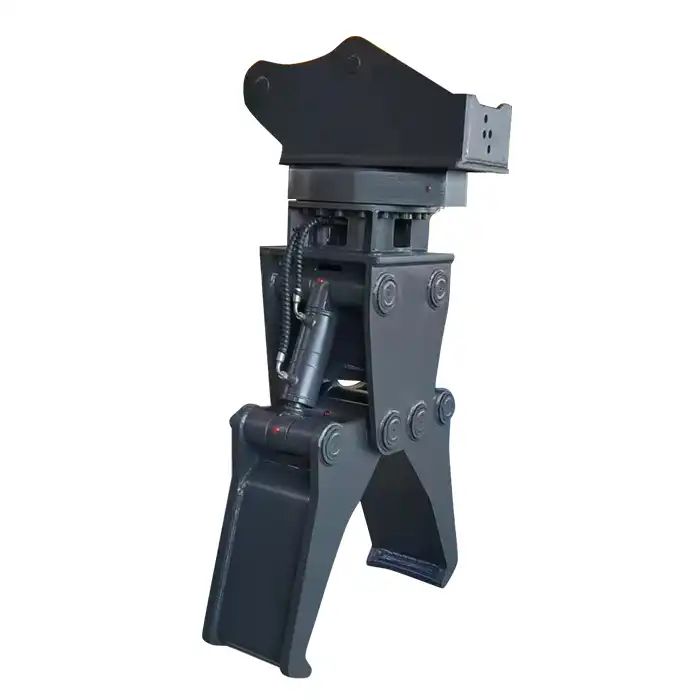 VIEW MOREExcavator Hydraulic Rail Clamp
VIEW MOREExcavator Hydraulic Rail Clamp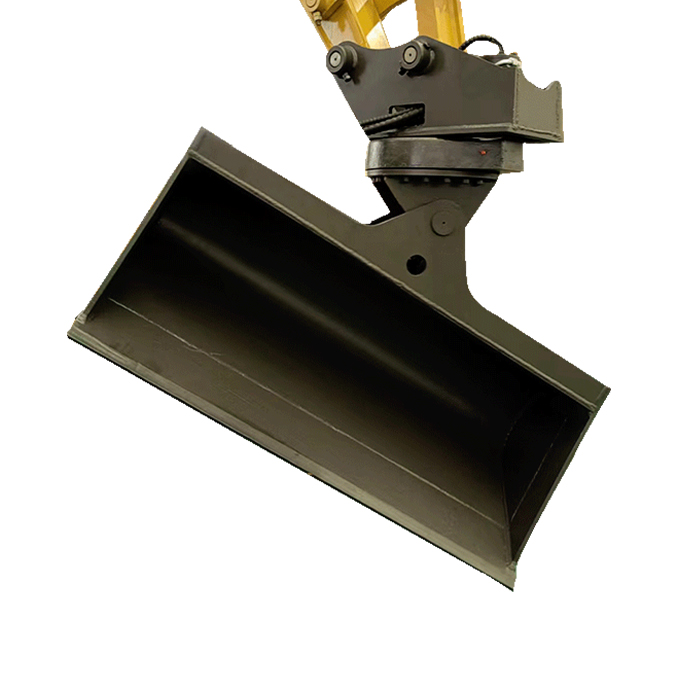 VIEW MOREDegree Rotating Hydraulic Tilt Ditching Bucket
VIEW MOREDegree Rotating Hydraulic Tilt Ditching Bucket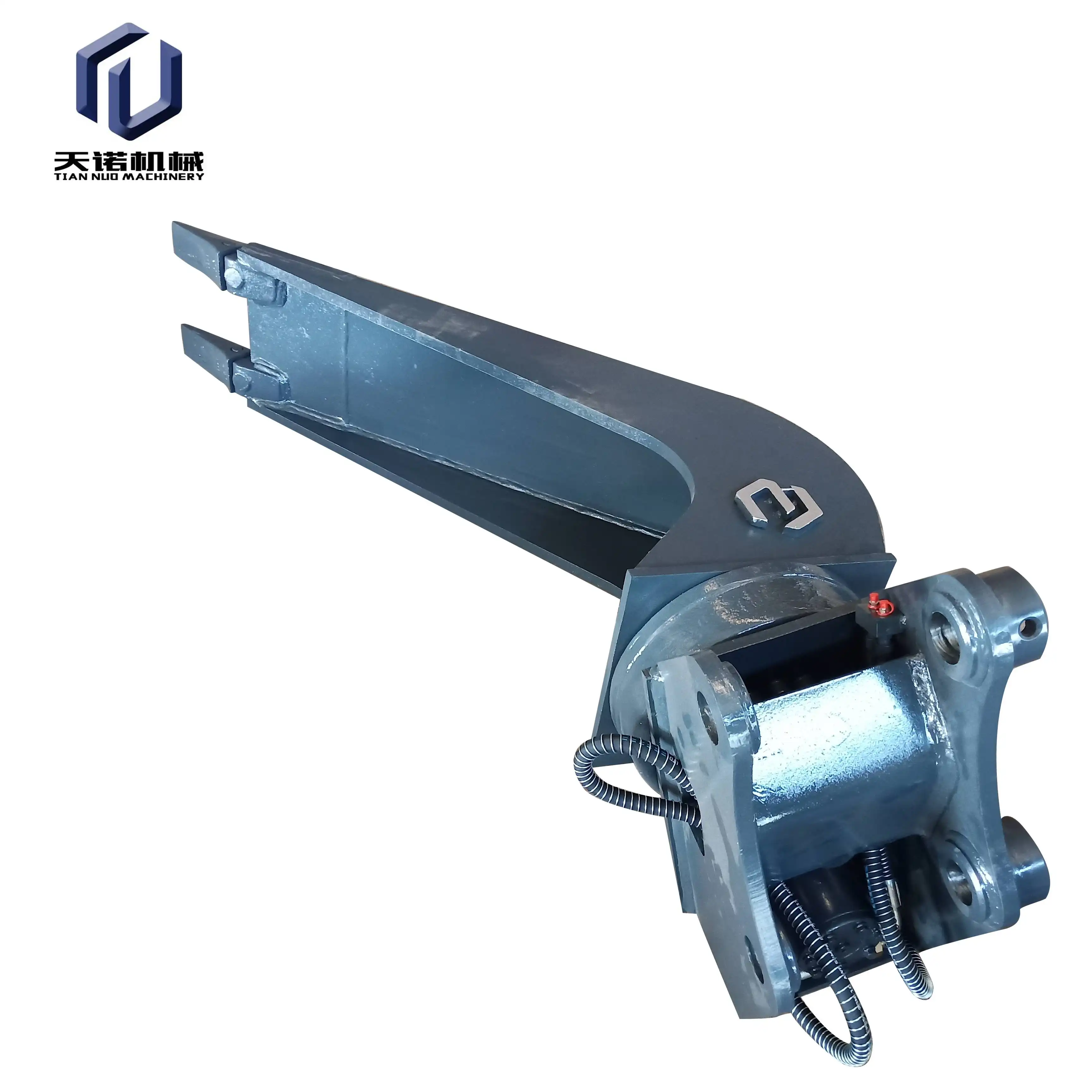 VIEW MOREExcavator ballast cleaning hopper
VIEW MOREExcavator ballast cleaning hopper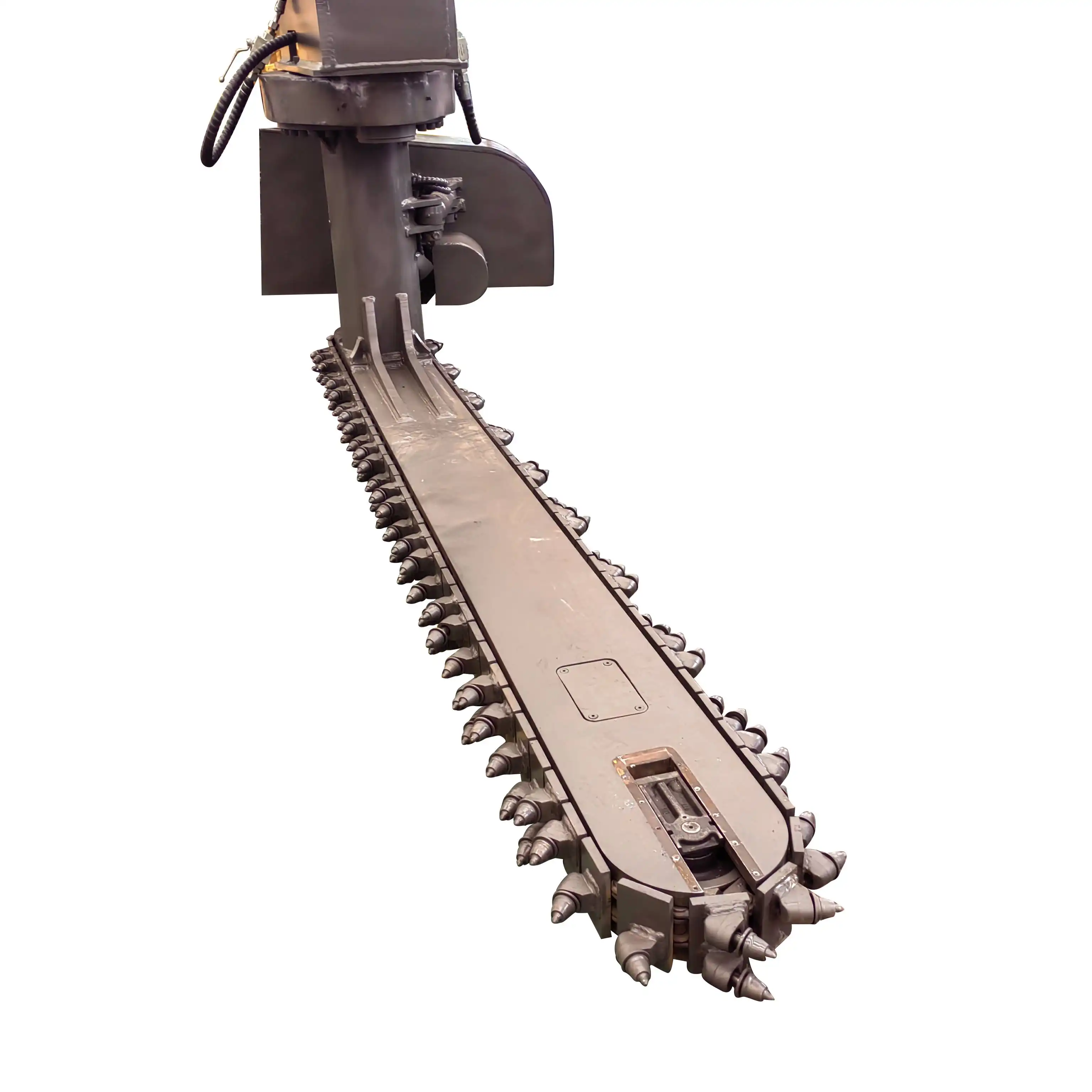 VIEW MORERail-Road Ballast Undercutter Excavator
VIEW MORERail-Road Ballast Undercutter Excavator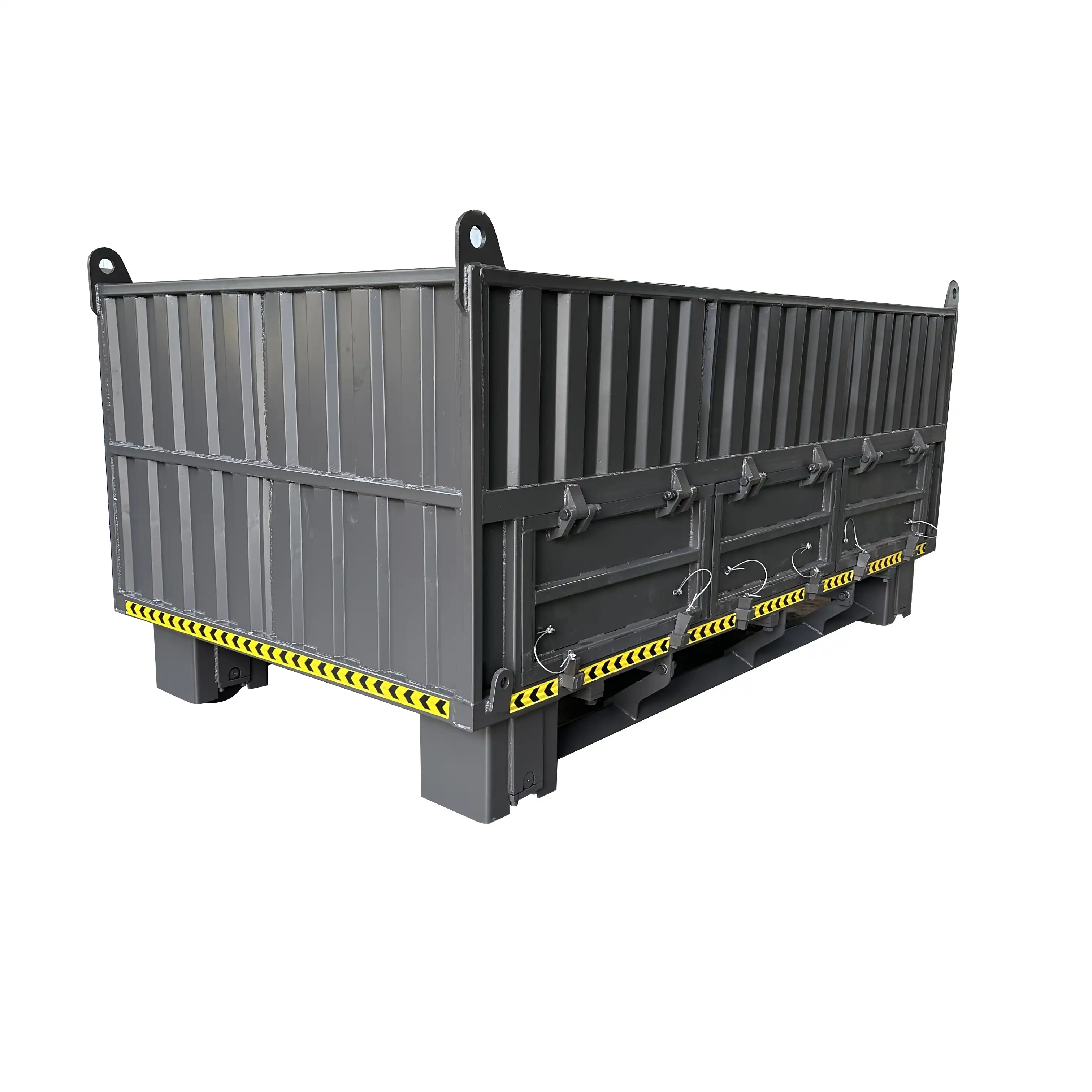 VIEW MORERailroad Ballast Car
VIEW MORERailroad Ballast Car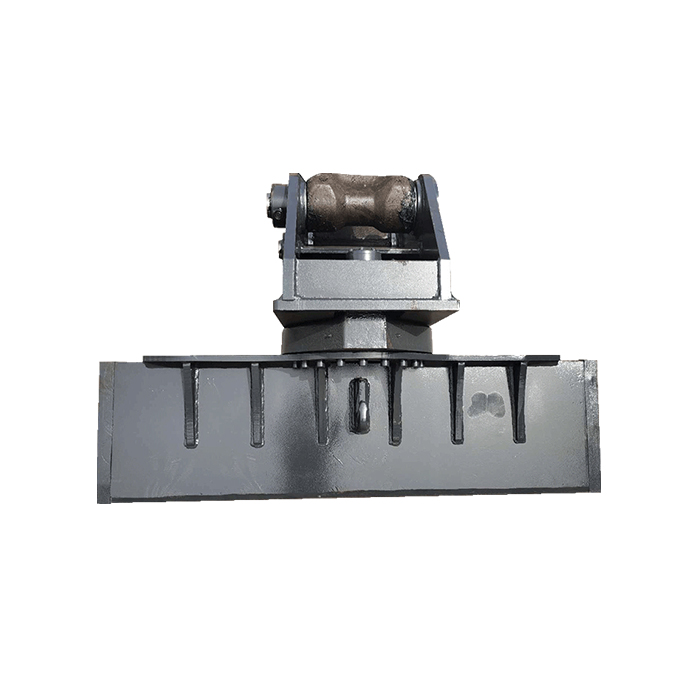 VIEW MOREExcavator Rotating Scraper
VIEW MOREExcavator Rotating Scraper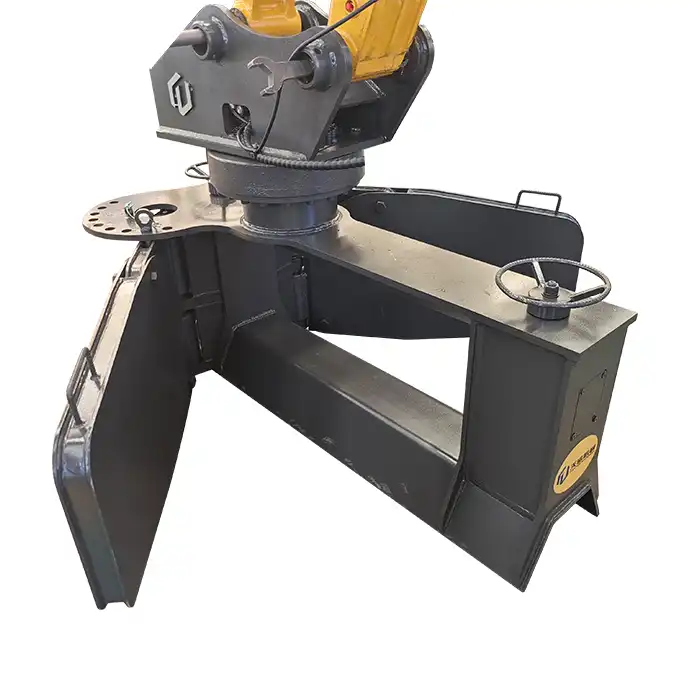 VIEW MORERailway Excavator Ballast Plow
VIEW MORERailway Excavator Ballast Plow

